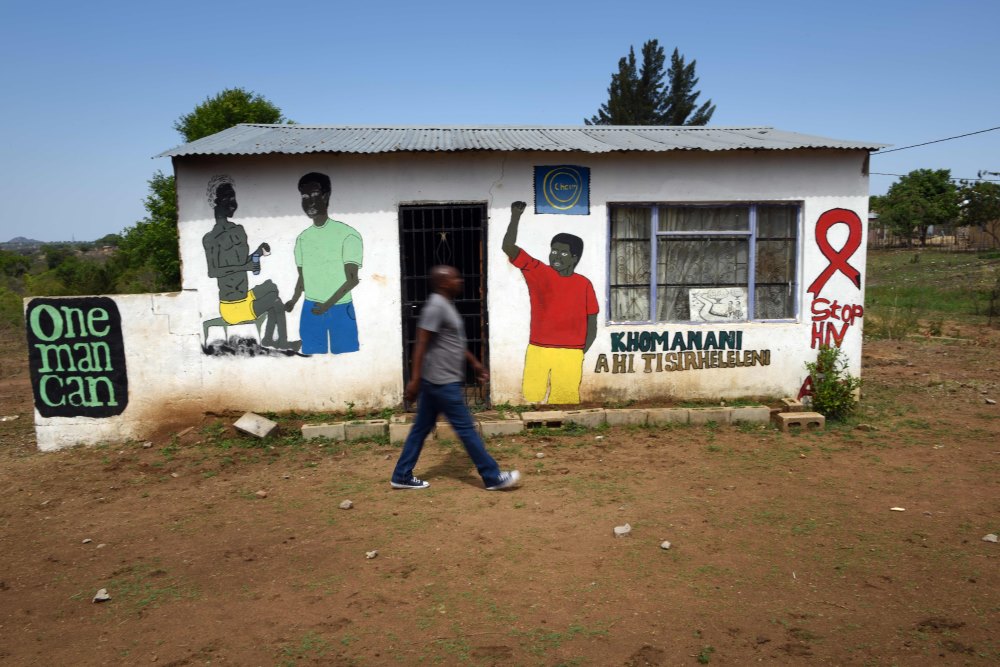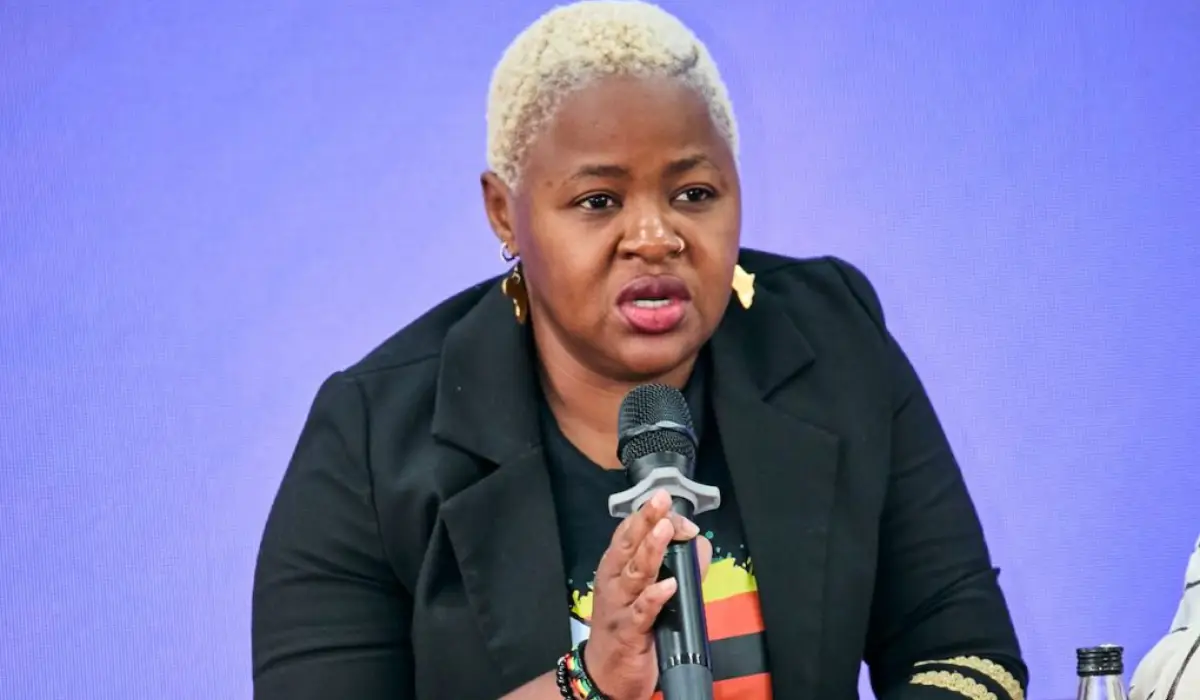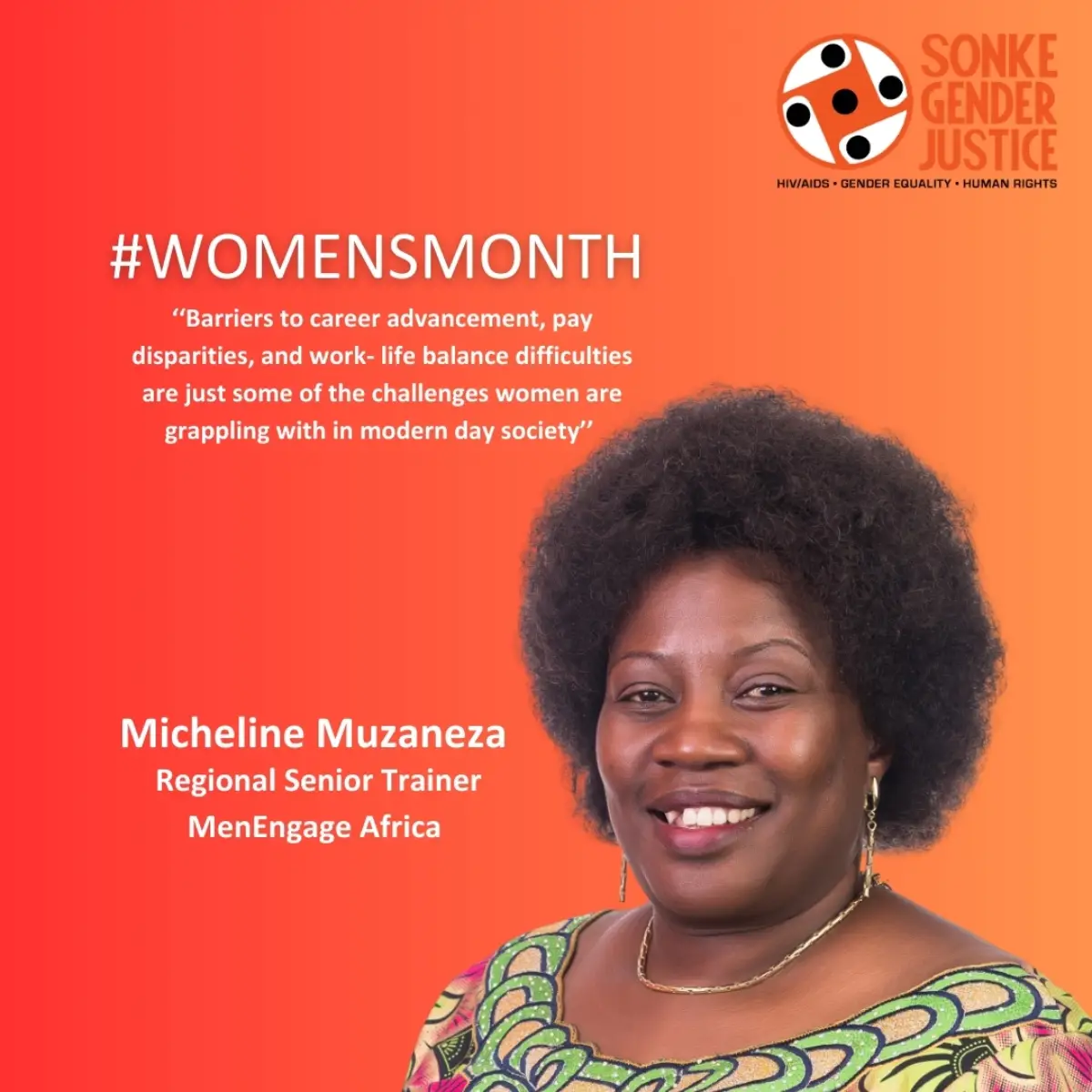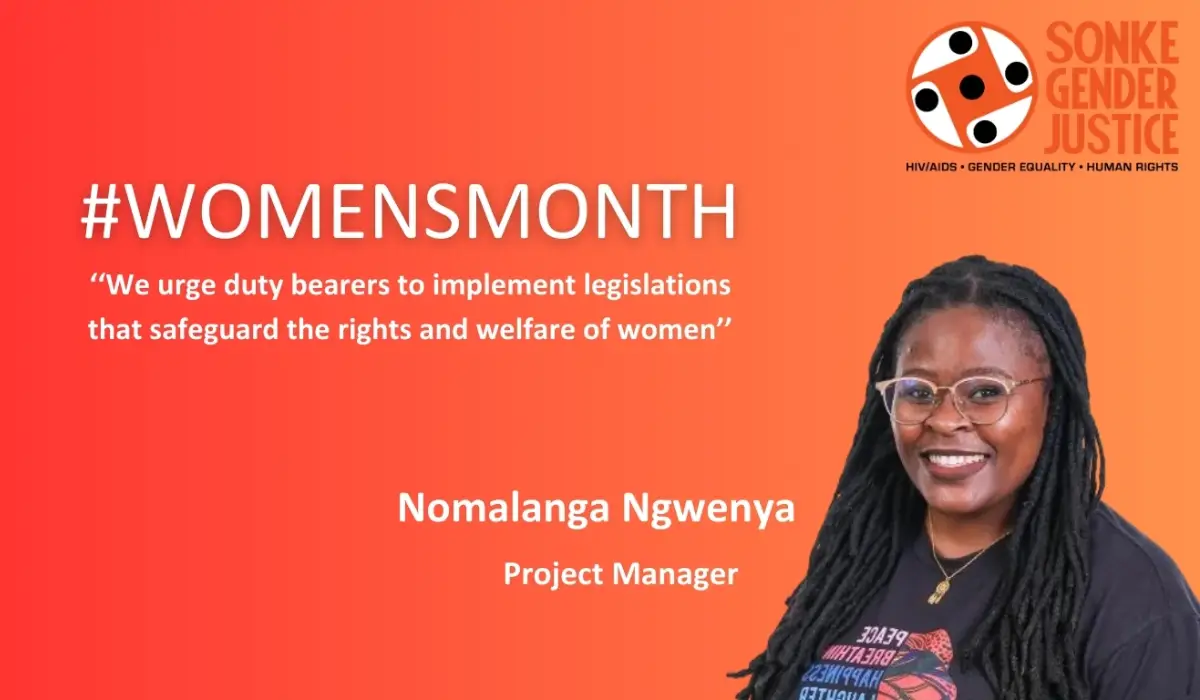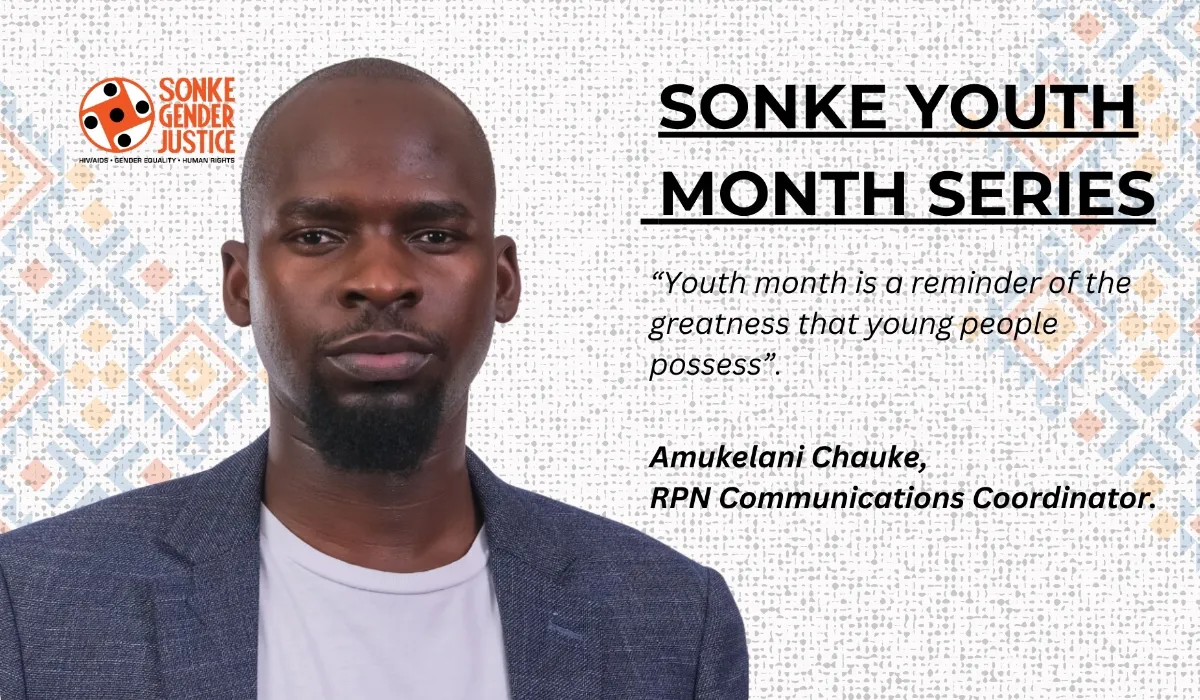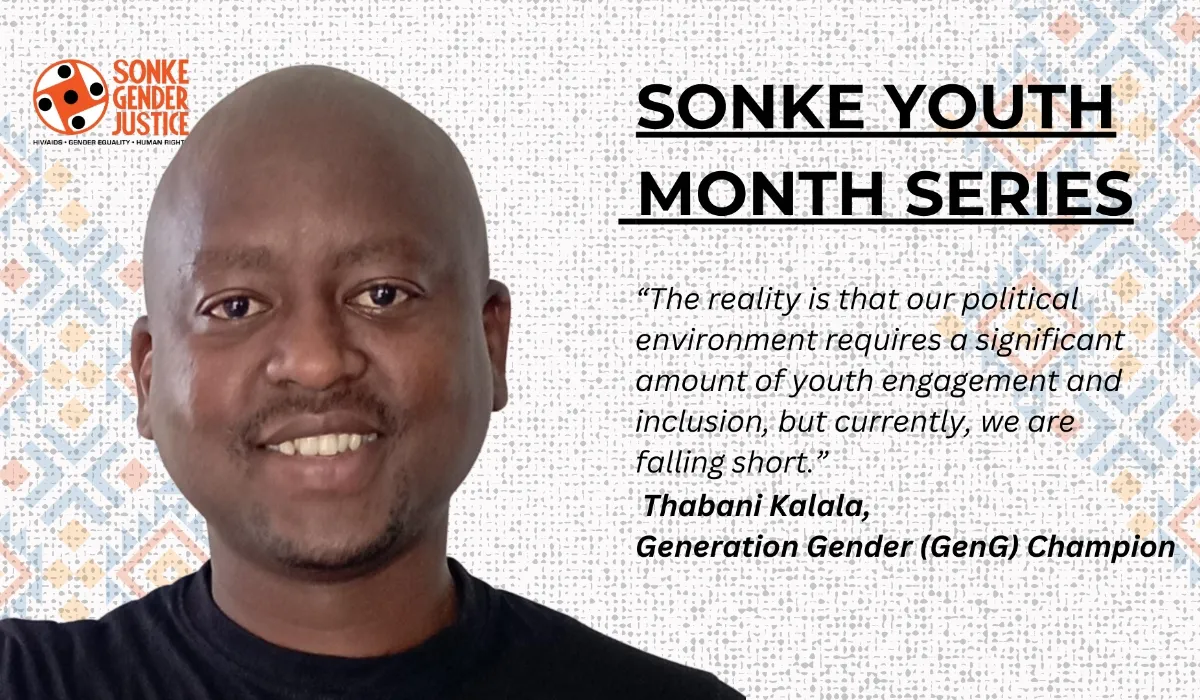Men are far more likely to die from an HIV-related illness than women, although women are becoming infected with HIV at a much faster rate.
In East and Southern Africa, more than half (54%) of people dying of Aids related illnesses were men and boys, although they represent only 46% of those infected with HIV in the region, according Unaids’ 2017 Global Aids update.
Why? Because fewer men than women get tested for HIV. Studies show that in East and Southern African countries, men are significantly less likely than women to have been tested for HIV and therefore do not know their HIV status.
As a result, fewer men are on antiretroviral therapy and, many who are receive treatment at a later stage of HIV infection than women, when the virus has had a significant amount of time during which it could deplete their immune systems. In such cases, treatment is sometimes less effective.
In 2016, 60% of women of 15 years or older living with HIV were on treatment, whereas this was true for only 47% of men, according to the Unaids report. In South Africa, the figures are 51% for women and 37% for men. As a result, globally 27% fewer women and girls had HIV-related illnesses than men and boys.
This situation is even more pronounced among young men between 15 and 24 years of age. During the period 2000 to 2015, deaths declined by 18% among girls and young women in this age group, but increased by 14% for their male peers.
But women in this age group are getting infected at a much faster rate than their male peers: in 2016, new HIV infections among women aged 15-24 were 44% higher than among men in the same age group.
When men do not know their HIV status, they are less likely to change their sexual practices or to use condoms, and are therefore also much more likely to transmit HIV to their partners.
But studies show that men’s low utilisation of services is not merely the consequence of their poor health-seeking behaviours or attitudes about manhood.
Health services are often not designed to attract men. Sonke Gender Justice’s analyses of health policies in Africa found that most of them don’t integrate men’s health needs into broader policy frameworks. Governments therefore need to rethink and redesign HIV-related health service delivery.
Some African governments have made progress in this regard. Rwanda has made involving men in HIV services a priority. The country’s prevention of mother-to-child transmission (PMTCT) of HIV stipulates that not only pregnant women but also their partners are offered HIV testing and counselling at their first visit to an antenatal clinic.
A campaign, called Going for the Gold, encourages male partners of pregnant women to accompany them to antenatal clinic visits. It has resulted in a significant increase in men’s uptake of HIV testing: Rwandan health ministry data shows that, in 2003, when the PMTCT policy was introduced, only 16% of men tested for HIV along with their pregnant partners; in 2013 that figure increased to 85%. During the same period, HIV infection rates fell dramatically among pregnant women and their male partners – from about 10% to about 1% for both sexes.
In Uganda, a project called Optimising HIV Treatment for Pregnant and Breastfeeding Women Initiative encourages couples to test for HIV together, a 2016 Unicef report says. This has resulted in the uptake of couples’ HIV counselling and testing increasing between from 13% to 97% in one district between 2013 and 2014.
In Kenya, Nairobi County Health Services has started offering mobile HIV testing and other health services to boda-boda (motorbike taxi) riders.
Unaids and Sonke Gender Justice has produced a documentary on how to get men to use HIV services. In the film, which will be released later this year, a Kenyan local health promotion officer makes it clear: “If we want male involvement in health services, inclusive of the HIV programming, then it is most appropriate for us to reach the men at their workplaces, be it in their offices, be it in their companies, in institutions where they are engaged over the daytime. In their social places where they socialise as men; or even those who are self-employed.”
We need to replicate these examples. In December 2015, Unaids co-convened a high-level meeting in Geneva. A global platform for action on men and HIV was developed and launched at the International Aids Conference in Durban in 2016. This programme is gaining traction: this year’s Unaids report pays unprecedented attention to the plight of men and their disproportionately poor access to services.
We will not end Aids if we don’t make sure our health strategies focus on encouraging men to use health services and work with men to foster greater gender equality.

